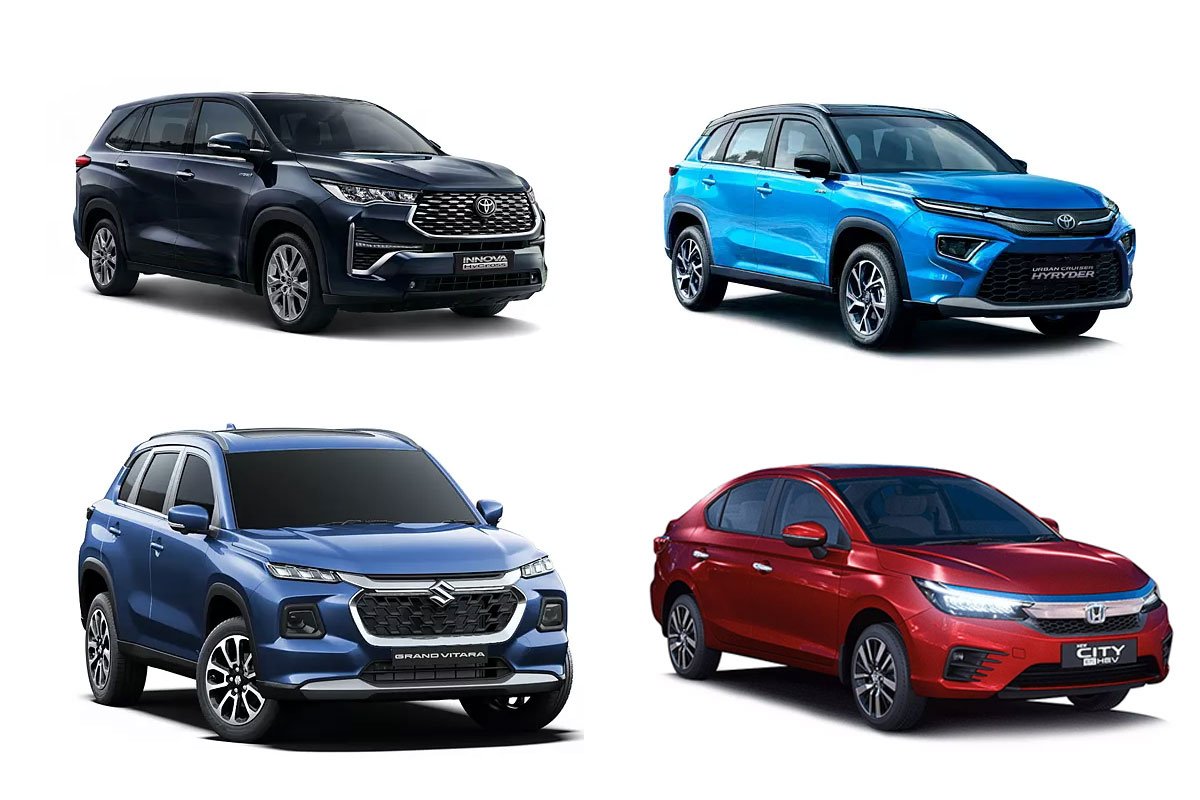Hybrid cars have become a popular choice for those seeking a balance between fuel efficiency and performance. While many drivers are familiar with hybrid vehicles, the intricacies of their work under the hood often remain a mystery. This article aims to highlight the different types of hybrid systems Parallel and series hybrid systems, their key components, and how they contribute to overall efficiency.
The Ramcharger: A Series Hybrid Pioneer
The upcoming Ram 1500 Ramcharger is a prime example of a series hybrid vehicle. Unlike traditional hybrids where the engine and electric motors combine mechanically to power the wheels, the Ramcharger utilizes a battery-electric powertrain with a V-6 engine acting as a generator. This innovative approach offers a unique blend of electric range and gasoline-powered backup.
How Does It Work?
- Electric Range: The Ramcharger’s battery pack provides 145 miles of electric-only driving.
- Generator Backup: When the battery’s charge depletes, the V-6 engine kicks in, to power a generator, which recharges the battery.
- Extended Range: The 27-gallon gas tank allows for an additional 545 miles of driving, ensuring long-distance capability.
While the Ramcharger offers a compelling proposition, understanding the nuances of its hybrid system may be challenging for some consumers. Salespeople will likely need to emphasize the importance of regular charging for optimal electric range and the benefits of gasoline backup for extended trips.
Series Hybrids: A Closer Look
Series hybrids, like the Ramcharger, have a distinct operating principle. The engine primarily serves as a generator, powering an electric motor that drives the wheels. This configuration offers several advantages:
- Efficiency: The generator can operate at its optimal speed, maximizing efficiency.
- Simplicity: The mechanical connection between the engine and wheels is eliminated.
- Steady Speeds: Series hybrids are well-suited for applications requiring consistent power output, such as diesel-electric locomotives.
However, series hybrids can be less efficient for frequent stop-and-go driving or rapid acceleration due to the need to constantly manage the generator and battery.
There are no Series hybrid cars in India, as of now, though Maruti Suzuki is working on developing a series hybrid tech, that could come in the upcoming Fronx Hybrid.
Parallel Hybrids: The Most Common Type
Parallel hybrids, exemplified by Toyota’s Prius, are the most widely used type of hybrid system. In this configuration, both the engine and electric motors can power the wheels independently or in combination. This flexibility allows for a smoother driving experience and better performance in various driving conditions.
Key Features of Parallel Hybrids:
- Power Split: A planetary gearset enables the engine and motors to work together or separately.
- Regenerative Braking: Capturing energy during braking to recharge the battery.
- Efficiency: Optimized power management for efficient operation in different driving scenarios.
Parallel hybrids offer a balance between fuel efficiency and performance, making them a popular choice among consumers. However, their complexity can make it challenging to fully understand the intricacies of their operation.
Parallel Hybrid Vehicles in India
- Toyota Urban Cruiser Hyryder: This SUV features a parallel hybrid system, combining a petrol engine with an electric motor for enhanced fuel efficiency.
- Toyota Innova Hycross: Another parallel hybrid offering from Toyota, the Innova Hycross is a popular MPV known for its comfort and efficiency.
- Maruti Suzuki Grand Vitara: A rebadged version of the Toyota Hyryder, the Grand Vitara also uses a parallel hybrid system.
- Honda City Hybrid: This sedan offers a parallel hybrid powertrain, providing a balance of performance and fuel economy.
Conclusion
Hybrid vehicles have come a long way, with series and parallel systems offering distinct advantages. The Ramcharger’s innovative approach demonstrates the potential for new hybrid configurations. As the demand for electric vehicles continues to grow, understanding the different types of hybrid systems, series and parallel hybrids can help consumers make informed decisions about their transportation needs.


